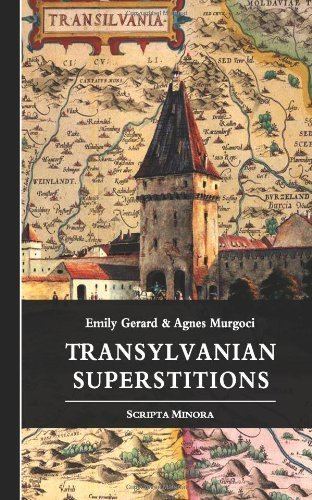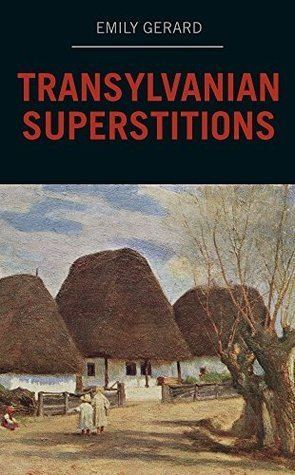Name Emily Gerard | Role Author | |
 | ||
Books The Land Beyond the Forest: Fa, Transylvanian Superstitions, The Tragedy of A Nose, Reata What's in a Name ‑ S, The Land Beyond the Forest; Fa | ||
(Jane) Emily Gerard (7 May 1849 – 11 January 1905) was a nineteenth-century author best known for the influence her collections of Transylvanian folklore had on Bram Stoker's Dracula.
Contents

Life
Emily Gerard was born in Scotland, the daughter of Archibald Gerard and Euphemia Erskine Robison (daughter of Sir John Robison).
She is sometimes referred to as Emily Gerard, Mrs de Laszowska, Emily Laszowska, or Emily de Laszowska Gerard, after her husband, Chevalier Mieczislas de Laszowski (Polish: Mieczysław Łaszowski), a Polish cavalry officer serving in the Austro-Hungarian Army. Twenty years her senior, they married in 1869. Her familiarity with Transylvanian folklore came about as a result of being stationed in the towns of Hermannstadt (Nagyszeben in Hungarian; now: Sibiu in Romania) and Kronstadt (Brassó in Hungarian, now: Brașov in Romania) where he was stationed from 1883 to 1885.
She reviewed German literature for the Times, having been educated in Tyrol. She spent much of her life in Austria, where she met and befriended Mark Twain, to whom The Extermination of Love (1901) is dedicated.
Her sister Dorothea (Gerard) Longard de Longgarde (1855–1915), who was arguably the more successful and certainly the more prolific novelist, also married an Austro-Hungarian officer and spent much of her life in Austria. Their novels were often set in Eastern Europe. The Gerard family also included at least two brothers, the Jesuit provincial Father John Gerard (1840–1912) and General Sir Montagu Gilbert Gerard (1843–1905), who made minor contributions to the siblings' collective literary output that eventually totaled nearly 60 books and novels. Both brothers were considered sufficiently noteworthy to be listed alongside Emily Gerard in Black's Who Was Who, 1897-1916 (1953).
Works
(these first three novels are all under the name "E.D. Gerard" - a collaborative pen name of Emily and her sister Dorothea Gerard)
Aside from the collaborations, she was most commonly identified as "E. Gerard" on the title pages of these works.
